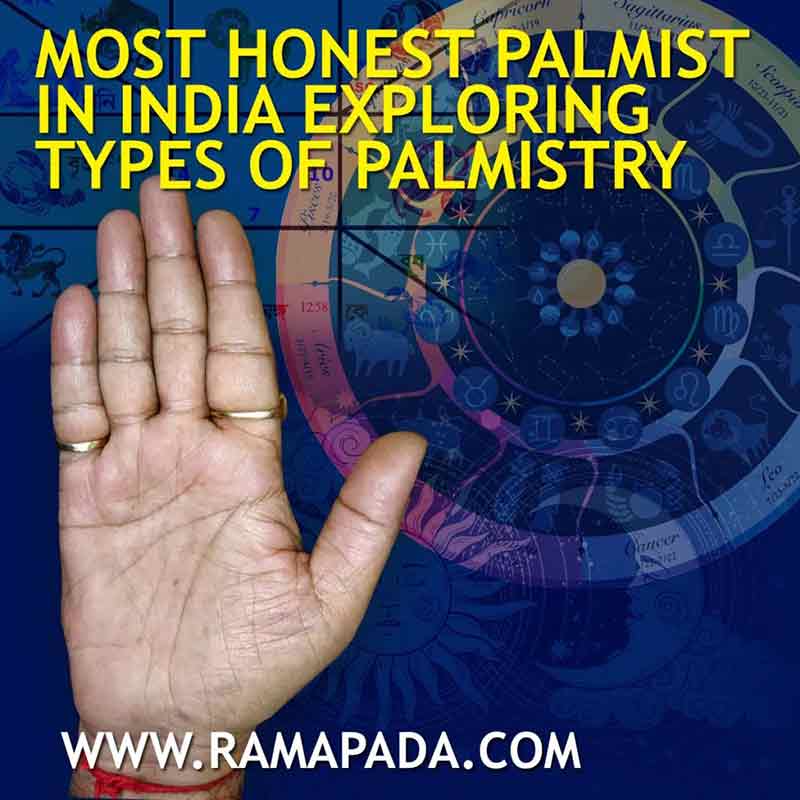Palmistry, as per the most honest Palmist in India, is the practice of analysing a person’s character and life trajectory by studying their palms. With roots in ancient cultures like India and Greece, palmistry has evolved into various schools of thought, each offering a unique lens to interpreting the lines, mounts, and shapes that form our hands.
Here’s a glimpse into some of the prevalent types of palmistry:
1. Western Palmistry:
This widely recognised system focuses on the lines on the palm. The four major lines – Life Line, Head Line, Heart Line, and Fate Line – reveal aspects like health, intellect, emotions, and career. Additionally, palmists examine minor lines and markings like the Apollo Line (success) and the Samaritan Lines (protective influences) for further insights.
2. Indian Palmistry (Hast Rekha):
Deeply intertwined with Vedic astrology, Hast Rekha emphasises the mounts on the palm. These fleshy areas, located at the base of the fingers, are said to correspond to planetary influences. The Mount of Venus (love), Mount of Jupiter (ambition), and Mount of Mercury (communication) are some of the prominent ones, as said by most honest palmists in India, including Ramapada Acharjee.
3. Dermatoglyphics:
Taking a more scientific approach, dermatoglyphics studies the fingerprints, ridges, and other permanent markings on the palms and fingers. This branch focuses on the connection between these features and genetics, potentially revealing predispositions to certain traits or conditions.
4. Chinese Palmistry (Zhen Shou):
Similar to Western palmistry, Zhen Shou places emphasis on the lines. However, it also incorporates the symbolism of the eight trigrams from the I Ching, an ancient Chinese divination text. This adds a layer of complexity to the interpretations.
5. Elemental Palmistry:
This system categorises hand shapes into four elements – Earth, Air, Fire, and Water. Earth hands are associated with practicality and groundedness, while fire hands signify passion and action.
As per the most honest palmist in India, understanding the different types of palmistry can add an interesting layer to the art of reading palms.

